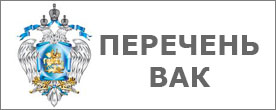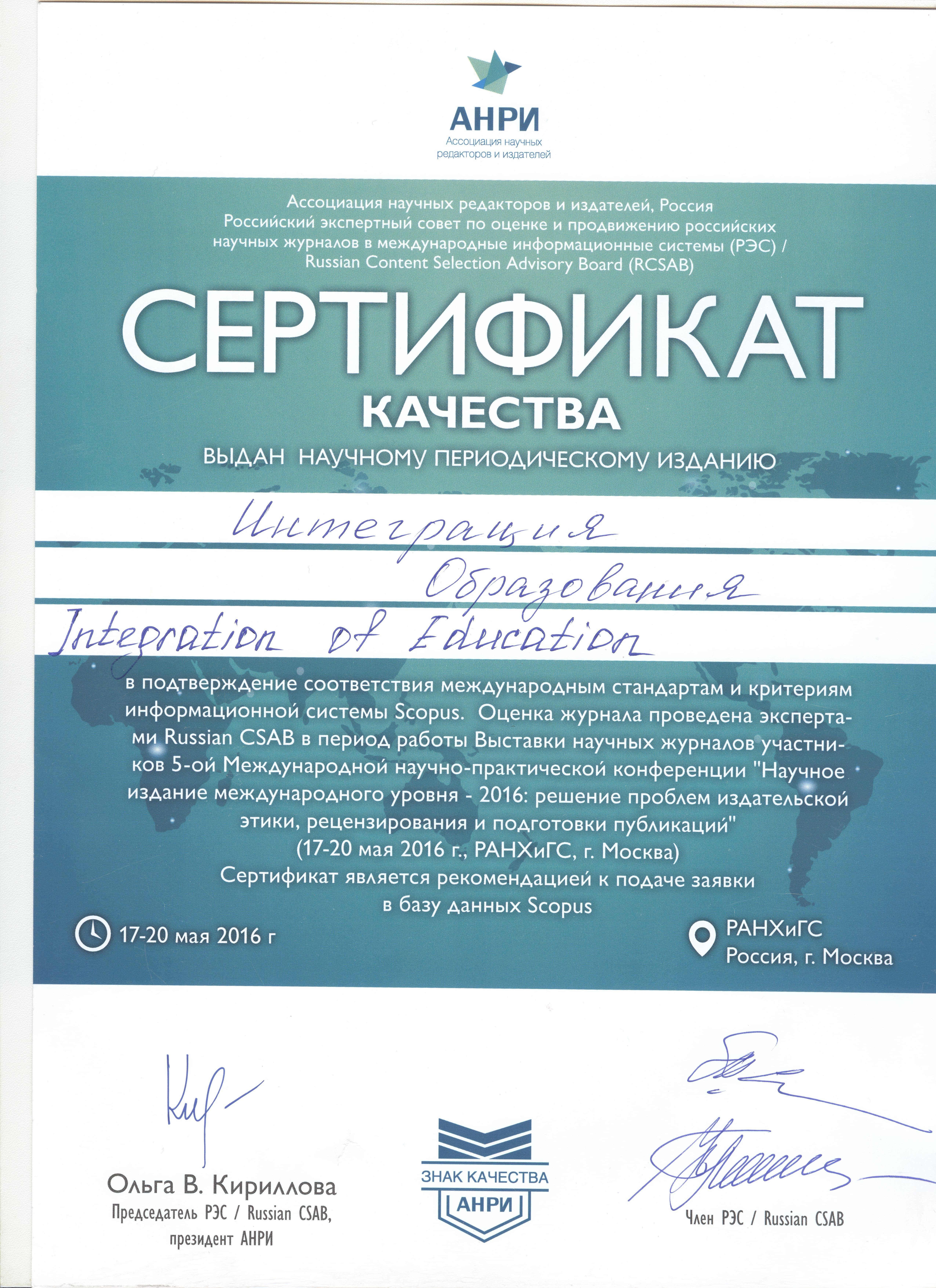UDK 378.126:004-057.87
DOI: 10.15507/1991-9468.099.024.202002.172-184
Online Safety as a New Component of Digital Literacy for Young People
Łukasz Tomczyk
Researcher of Faculty of Social Sciences, Pedagogical University of Cracow (2 Podchorążych St., Kraków 30-084, Poland), Ph.D., ORCID: https://orcid.org/0000-0002-5652-1433, Scopus ID: 56780136100, ResearcherID: O-2800-2014, This email address is being protected from spambots. You need JavaScript enabled to view it.
Ludvík Eger
Associate Professor of Department of Marketing, Trade and Services, University of West Bohemia (8 Univerzitní St., Pilsen 301 00, Czech Republic), PaedDr., CSc., ORCID: https://orcid.org/0000-0002-5437-3297, ResearcherID: C-1330-2016, This email address is being protected from spambots. You need JavaScript enabled to view it.
Introduction. Digital literacy refers to the skills required to achieve digital competence, the confident and critical use of information and communication technology for le arning, leisure, communication and future work of young people. Digital competence has a dual nature. First of all, it is the technical ability to operate programs, pages, equipment. Secondly, it is also the ability to use digital media safely. Both perspectives are important in the educational perspective, i.e. media educat ion and socialisation.
Materials and Methods. The paper presents the attempts to measure digital literacy in the area of threats resutling from using the new media in the group of upper-secondary school students (fourth educational cycle). The study was carried out using a diagnostic test with 18 questions. The research was conducted in the group of 1693 youths aged 15–21. The research was designed based on traditional methods of testing knowledge and skills.
Results. The findings showed that the weakest digital literacy component was the copyright-related knowledge and the strongest area was online shopping and financial operations. All digital literacy components are interrelated. The improvement in one area leads to the development of other digital literacy elements. Despite this correlation, digital literacy is a heterogeneous concept. There are also differences regarding certain digital literacy components, determined by gender – girls obtained higher test results in terms of the soft competencies whereas boys were better with the technical aspects of digital literacy. Based on the cluster analysis, we noticed that 41.41% of the students obtained good and very good results from the competence test. More than half of the students require further education in most of the analysed areas.
Discussion and Conclusion. For educational decision-makers, the findings highlight the importance of designing training programs aimed at developing students’ digital literacies, with a special focus on new topics as sexting, piracy and cyberbullying.
Keywords: digital literacy, cybersafety, youth, protection of image, cyberbullying, sexting, digital piracy, hoax, measure, Poland
For citation: Tomczyk Ł., Eger L. Online Safety as a New Component of Digital Literacy for Young People. Integratsiya obrazovaniya = Integration of Education. 2020; 24(2):172-184. DOI: https://doi.org/10.15507/1991-9468.099.024.202002.172-184
Contribution of authors:
Łukasz Tomczyk – was responsible (together with the NAVIGO company) for preparing the research tool; developing the methodological part; making mathematical analyses; preparing the discussion and summary plus editing the manuscript.
Ludvik Eger – prepared the theoretical framework; introduction; participated in the preparation of the discussion on the research results.
All authors have read and approved the final manuscript.
Submitted 16.12.2019; revised 09.01.2020; published online 30.06.2020.

This work is licensed under a Creative Commons Attribution 4.0 License.





























